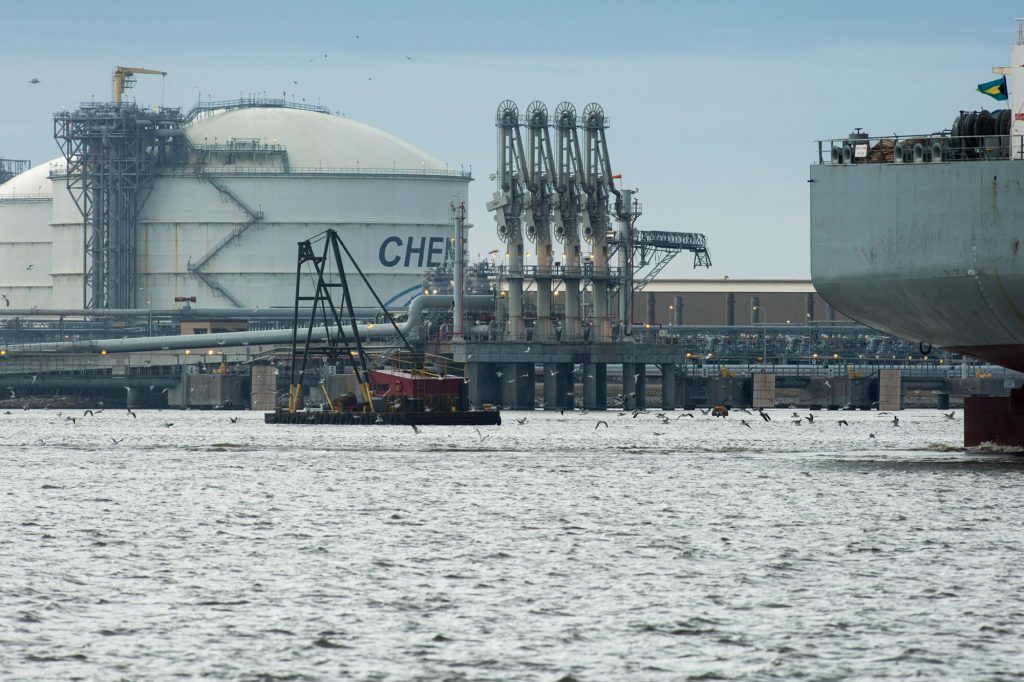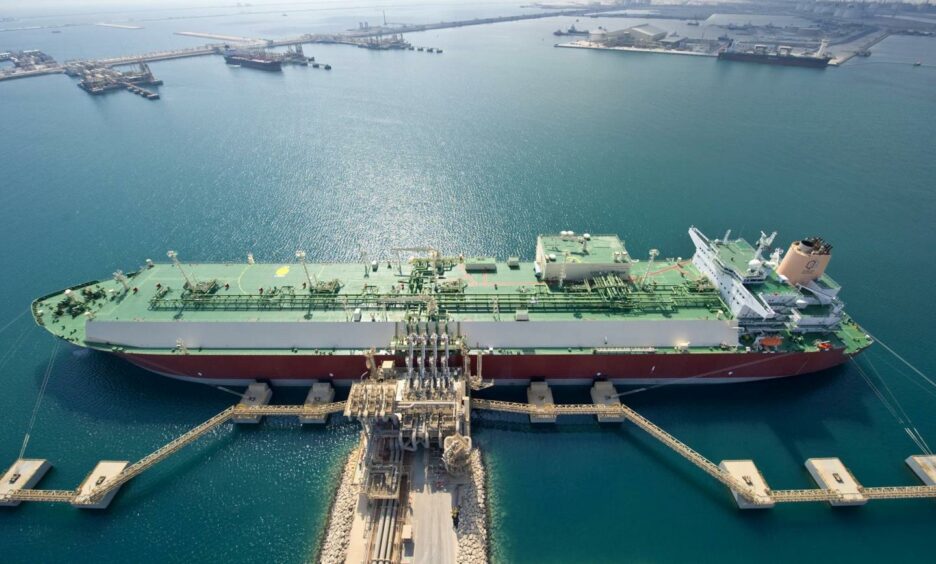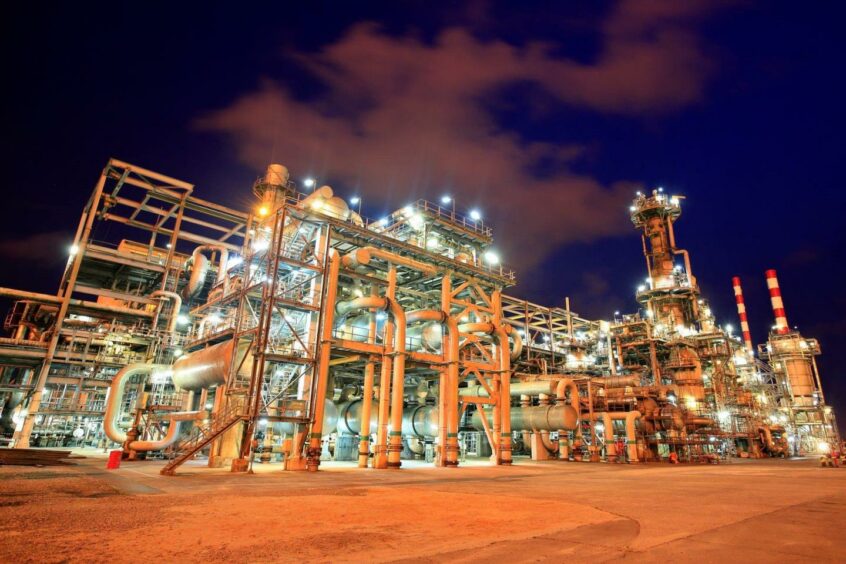
The pandemic and the invasion of Ukraine has changed the rationale for LNG. While there is new appetite for the commodity, the longer-term prospect for the commodity and quite how bullish its fans are remains unknowable.
Europe’s needs
Greenpeace put out a report this week naming US exporters as cashing in on Europe’s gas crisis.
The NGO noted that Europe had responded to the invasion of Ukraine by unlocking a wave of investment for gas imports. European Union states are building eight LNG import terminals, with another 38 proposed.
US exporters have also set out plans to scale up spending and construction. Citing research, Greenpeace noted US facilities could scale up to 439 billion cubic metres per year of gas – double current levels.
Given Greenpeace’s outlook on the energy industry, it will come as little surprise that the group opposes such an expansion.
Europe should invest in moving away from gas, Greenpeace said. It should focus on reducing demand, increasing energy efficiency and cheaper renewable sources are “the clear way forward”.
Building LNG infrastructure in the US and Europe “is a long-term disaster rather than a short-term solution”.
The authors of LNG: After the pandemic disagreed, arguing that LNG is a necessary tool for the energy transition.
Poten and Partners’ Gordon Shearer and Michael Tusiani opined this week that Europe would need to secure additional gas supplies for the next few winters at least. “Statistically, getting two warm winters in a row is unlikely. Getting three almost an impossibility,” Shearer said.
To take advantage of the US LNG, though, Europe will need to invest in new pipeline linkages, connecting import facilities to consumption, he continued.
New world-leader
Greenpeace argued in its report that long-term contracts were a poor solution for the short-term problems in the European gas market.
The NGO predicted that imports would peak in 2026 but then companies would be obliged to buy LNG capacity for the next 15-20 years. “For the short-term supply crunch, these deliveries will come too late,” it said.
However, with destination clauses under pressure. The European Commission has said these are not permitted in contracts to EU buyers.
This need for flexibility is music to the ears of US sellers. Poten’s Shearer said the US and Qatar were in a two-horse race, with the former having the edge.
“What became very apparent over the last two years is there’s an enormous amount of flexibility in the US. During the pandemic, most of the world’s LNG exports kept moving – but the US curtailed 70% of its production, no one else could run at that level,” Shearer said. That ability to ramp up or down in response to demand changes has signalled to the world the appeal of US exports.
That may be particularly attractive to buyers in Europe, he continued. The flexibility would provide a way to mitigate political instability, where buyers may see orders handed down over what fuels they may be able to continue using.
US LNG offtakers are able to pick and choose whether they want volumes or not, Shearer explained. “There’s a fixed fee for liquefaction and then you add on the price of feedstock, Henry Hub perhaps, and that’s your price. There is no obligation to lift a cargo, as long as you pay the tolling fee.”
Qatar has the lowest cost to produce in the world. “So far they’ve not been aggressive on price, maybe that’s going to change.”
New wave
Greenpeace is correct in that current high prices have fuelled a new boom of LNG plans – and that these are unlikely to be able to have an impact in the next three years, at least.
Some have tipped Africa as a potential source of additional exports to Europe, but it is not clear cut. Stakeholder Democracy Network (SDN), in a recent report, warned of the risks of investing in new export capacity in Nigeria when demand was so uncertain.
For Nigeria, the opportunity of more LNG exports also clashes with its domestic needs. While work is under way on a seventh train at Nigeria LNG (NLNG), and debottlenecking, more plans are a challenge, even while the country is talking up floating LNG (FLNG).
McKinsey has warned gas demand could outstrip supply in Nigeria by 2030. As such, plans for more exports are challenging.
Supporting – and financing – gas supplies in Nigeria runs the risk of undermining the country’s energy transition, SDN said.
“If the Federal Government does not direct investments into diversification of energy, the country will remain hooked on imports of refined energy products, in exchange for exports of raw hydrocarbons, replicating and worsening the current trade deficit,” the report said.
Demand questions
Does the US, then, have the upper hand for new projects as well? According to the two Poten advisors, a qualified yes.
Tusiani said a third wave of US LNG export plans would need equity to get off the ground. “It’s not a slam dunk. There’s a lot of environmental hurdles, there’s a lot of issues, uncertainty with buyers.”
The cost of doing business in the US is creeping higher and regulators are taking their time on assessing new projects. Shearer reported the cost of applying for permits alone at $100-150 million for a project.
The key issue, for Tusiani, on deciding additional investments in US LNG was around Russia. Would Europe every buy Russian gas again, he asked? “At a price, [Europe] will buy every drop. That’s what we think. If you have that uncertainty, why would you build a plant? Where is it going to go?”
The two Poten writers had little time for Europe’s alternatives, such as hydrogen, finding unlikely common cause with Greenpeace’s scepticism. However, it may be hydrogen that has the greatest chance of derailing LNG expansion – as both an energy vector and a storage site for renewable energy.
What is clear is that attempting to square Europe’s short-term gas crisis with the longer-term challenge of investment opportunities has LNG sceptics and fanatics confounded alike.
Recommended for you


 © Supplied by QatarEnergy
© Supplied by QatarEnergy © Supplied by Nigeria LNG
© Supplied by Nigeria LNG